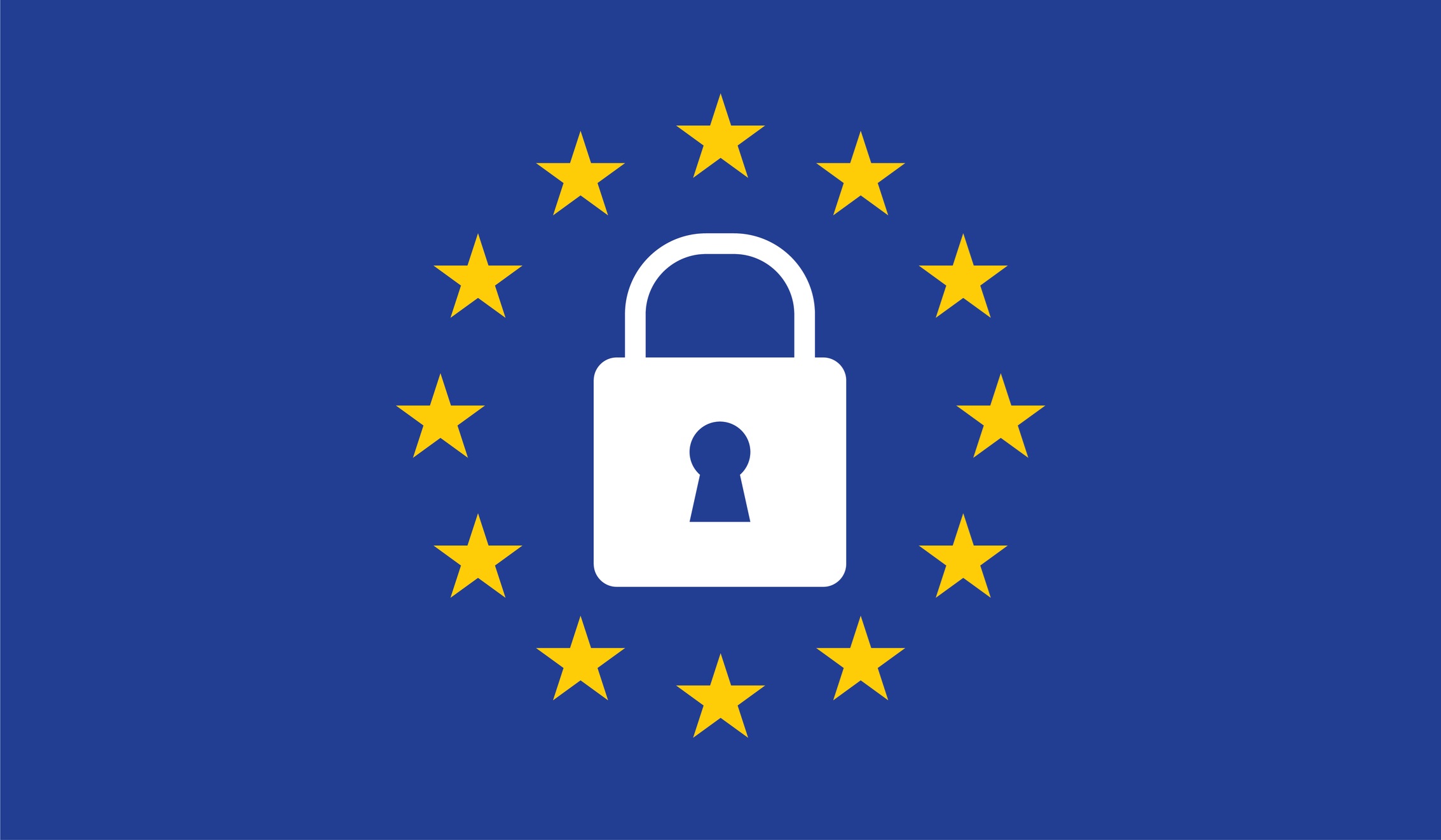The EU Battery Directive, also known as Directive 2006/66/EC, is a European Union directive that aims to minimize the environmental impact of batteries. It also promotes the use of more sustainable and less hazardous alternatives. The directive applies to all battery types and accumulators, including those used in portable devices, vehicles, and stationary applications.
One of the main goals of the EU Battery Directive is to reduce the number of hazardous substances used in the production of batteries. The directive limits the use of certain chemicals, including lead, mercury, and cadmium, which are known to be toxic to human health and the environment. The directive also requires that batteries be labeled with information about their composition and their potential risks.
Another key provision of the EU Battery Directive is the requirement that producers of batteries take responsibility for the disposal of their products at the end of their useful life. This includes financing the collection, treatment, and recycling of used batteries. They should also inform consumers about how to dispose of their batteries properly.
The EU Battery Directive also sets targets for the recycling of batteries, intending to recycle at least 45% of specific categories of batteries by weight. Member states must report on their advancement towards fulfilling these targets and take steps to improve their recycling rates if necessary.
The key provisions of the EU Battery Directive are as follows:
- The directive applies to all accumulators and batteries, including those used in portable devices, vehicles, and stationary applications.
- The directive sets limits on the use of certain hazardous substances in the production of batteries, including lead, mercury, and cadmium.
- Batteries must be labeled with information about their composition and the potential risks associated with their use.
- Producers of batteries must take responsibility for the disposal of their products at the end of their life. That includes financing the collection, treatment, and recycling of used batteries and teaching consumers how to get rid of their batteries properly.
- The directive sets goals for recycling batteries, intending to recycle at least 45% of certain categories of batteries. Member states must take steps to improve their recycling rates if necessary.
- The directive applies to all European Union member states and countries participating in the European Free Trade Association (EFTA). Fulfilling the directive is one of their goals.
The EU Battery Directive has dramatically impacted the battery industry in Europe and has helped reduce the environmental impact of batteries. It has also encouraged the development of more sustainable and less hazardous alternatives, such as rechargeable batteries and batteries made from environmentally friendly materials.
final thoughts
The EU Battery Directive is an important step toward protecting the environment and promoting sustainable development in the European Union. It has set an important precedent for other countries to follow and has helped to reduce the negative impacts of battery production and disposal on human health and the environment. That will lead to an eco-friendly climate in the future.













Comments